|
Duh! Of course, you can. After all, most of us have adequate heating and lighting in our modern homes. But what happens when that is not around? With the return of winter here in the Alps coinciding with the start of the museum season, the above question became suddenly relevant. As the climate is not very warm in Northern Europe, you do wonder if the production of high-quality goldwork orphreys was a year-round activity in the late medieval period. In addition, the amount of daylight would have been another prohibiting factor. The regulations of the embroiderers of Paris from AD 1292 expressly forbid stitching by candlelight. This is one of the reasons why I wanted to become a volunteer at the Glentleiten Open Air Museum. So let me tell you a bit more about the building I am working in, the embroidery I am working on and my clothing plans for the future. Although we are blessed with a lot of old stuff here in Europe, you will probably not find a preserved home from the 1500-1550s complete with its original furniture. Although Glentleiten has houses built in 1482, 1508 and 1555, these have all been 'dressed' according to a much later date. Remember, these were people's homes until quite recently! And naturally many updates happened during the past 500 years. So, I am using a house built in 1637/38, but with a reconstructed interior from 1700. Still at least 150 years too young, but it will need to do. The house is named after one of the families that used to live there: Zehentmaier. The 'maier' bit of the name hints at the fact that these were farmers and the building was indeed used as a farm. Today, the ground floor houses the modern pottery, the old living room (which I use) and the old kitchen (interestingly situated in the hallway). There is also an upstairs with additional small rooms. The above picture shows you the reconstructed kitchen. Cooking was done on an open fire. There is no real chimney. A fire-proof hood collects the smoke and leads it out through the attic and out into the open. Behind the modern iron gate in the middle of the picture, is the old living room (it can be closed off from the kitchen by a wooden door). You can see one of the small glazed windows at the far end. Just at the left rim of this picture is the entrance door. And there is a further entrance door on the right (not visible in this picture). The kitchen literally occupies part of the hallway and could easily be opened up by opening the doors. This undoubtedly helped with the fumes from the open fire. As you can see, it is all very basic and would probably not differ much from how many people lived in 1500-1550 (the first half of the 16th-century). Here you see a picture of the old living room. It has four small glazed windows (there is another one just outside the picture on the left). Back in the first half of the 16th-century, there would likely not have been glass. They would either have been open to the elements (with shutters) or they would have had oiled parchment as a covering. This produces a milky light. On a bright day, the light in the corner where the table stands, is fine for doing goldwork embroidery. However, what you can't see in this picture: the wall is made of wooden planks. The wooden planks have gaps... You are protected from the worst of the elements, but that is it. You cannot stitch here when the temperatures drop. And this is me, last November, in my current stitching spot: in front of the oven. When the museum knows that I am coming, they fire her up three days (!) in advance. She is not fired through the night because of the danger of fire breaking out (remember: there is no real chimney). Yesterday, the outside temperature was quite a bit lower than it was in November. When you come into the room, it feels quite nice. However, you start to cool out after about 30 minutes and you have a hard time getting warm again. By about three o'clock, you are getting comfortable again. The oven has then been burning for hours and it is about the warmest outside too. So, if you would be able to safely fire her through the night, you could embroider more comfortably. For the record: I was wearing jeans over thick tights, thick woollen socks, my walking boots, two t-shirts, a woollen Norwegian cardigan and a large woollen shawl! And underwear for those who wonder. At the moment, I am having a set of medieval replica clothes made and it will be interesting to see how they compare. By the way: I am still feeling quite stiff from having worked for a couple of hours in this quite cool environment. But then there is the small, but somewhat important issue of lighting. The above picture is taken with flash. Back in November with its gloomy light, I had to use two lamps to work and be able to show visitors what I am doing. That's how gloomy the light can be in this room. This was definitely not the spot where an embroiderer could have been working in the first half of the 16th-century. Could the embroiderer have alternated between the spot in front of the window and then walk over to the oven to warm up? Theoretically, yes. However, for good embroidery, you need to get into a rhythm. That would have been difficult as you cool out quite quickly and you tend to warm up slowly. So, what was the solution? Where and when did people embroider back in the late medieval period? There is a lovely resource that depicts retired medieval craftsman going about their business: Die Hausbücher der Nürenberger Zwölfbrüderstiftungen. And although there is no medieval embroiderer depicted, there are other textile related crafts that probably give a good indication of how a contemporary embroiderer would have worked. Spoiler alert: it is going to be drafty. - Heinrich Sibenburger, the cloth shearer, entered the almshouse in 1555. Heinrich works in front of an open window. - a cloth maker who works outside. - as does the dyer. - A weaver from the early 15th-century, there is only one 'glazed' window, the rest is open and he seems bare-legged. - Another cloth shearer with small open windows in the background. - This person combs wool in a rather open workshop around 1500. - Otto is sitting outside in the late 15th-century to make cords. - Hans is clearly struggling to see the sewing on the purse he is making in the early 16th-century. - At around the same time, another Hans works his purses in the door opening. It is unfortunate that the older depictions in the Hausbücher don't show any of the architecture. Pictures from after the middle of the 16th-century show increasingly larger glazed windows. Lots of very interested visitors and the cold made for very little progress on the or nue figure of St Nicholas. Are my experiences and observations comparable to that of a medieval embroiderer? To a certain extent. My medieval counterpart was likely a man. Typically, men have more muscle tissue than women do and this wonderful stuff generates heat. That's why men in general have fewer issues with being cold than women do.
Were medieval people just made of hardier stock than me? Yup. As a Westerner born in the last quarter of the 20th-century, I have had central heating at my disposal for most of my life (with a brief interruption when I was living in England: I was cold all the time. Older night-storage heaters are a crime against humanity.). And although we do not heat excessively, but put on a cardigan instead, I do not doubt that it is much more comfortable than it was in the medieval period. Periodically, I will update you on my work in Glentleiten. It will be particularly interesting to see how my replica clothing holds up. And at what point I can actually move into the doorway or even completely outside with my stitching. Do come by to visit me if you can! You can find all the future data here. Hope to see many of you at Glentleiten this year!
12 Comments
As we have typical winter weather here in southern Bavaria, I decided to use my Sunday for some uninterrupted me-stitching. No work on course samples, lectures, my website, administration etc. Just me and my needle. And apart from doing laundry, cooking lunch and baking bread, it was indeed uninterrupted :). To show you my progress on the or nue on St Nick, I decided to take a picture at the top of every hour. Enjoy! For the or nue on St Nick, I am using Stech vergoldet 80/90 by M. Maurer which is comparable to gilt passing thread #4. As the silk in or nue covers most of the gold foil, I like to use up all those pieces of goldthread that are no longer in pristine condition. The silk I am using is Chinese flat silk from Oriental Cultures. On Saturday evening, I lectured on the origins of or nue for the Embroiderers' Guild of America. The week before, I held a lecture on the development of medieval embroidery for the San Francisco School of Needlework and Design. Both lectures were very well attended and a great success. Personally, I really like the Q&A at the end. It sharpens my mind and offers new perspectives.
If you would like to book a lecture for your guild or embroidery group, please contact me. I am also looking into organising lectures myself. Do let me know in the comments if you would be interested. In principle, I can lecture in English, German or Dutch. It takes me about a full week to make a lecture from scratch. Now that the frameworks are up, I only need to modify them as my research progresses (or translate them, if there is a market for that). As making these lectures has been a lot of work and will continue to require some work, they will not be offered for free. Upcoming lectures are advertised on this page. Do let me know what you think! Creating a 10-week academic online embroidery course has taken up most of my time. This means that other embroidery projects have been on hold for many months. With the start of the new year, I wanted to mend my ways and make sure that I spend an hour or so stitching on other projects each day. Since 1-1-2021, I was successful on six days. Oops! Nevertheless, I made some progress on the cope hood "On the shores of St Nick" which I started at the end of March 2019 and which lay dormant all of 2020. You can read through earlier blog posts on the project here. Let's have a look at what the project looks like now! Currently, I am working on filling in the beach around the lettering. I am using the spun version of the silk for most of the beach. This silk is duller in appearance and perfect for dry sand. For the wet sand of the strandline, I am using the shiny flat silk version of the same colour. The effect is quite subtle but forms a nice transition into the blue flat silk of the water. When all the sand has been filled in around the lettering, I will add French knots around the outline of the letters. It will then look like somebody wrote in the sand. I will probably also add some darker outline on the shadow side of the lettering to make them stand out some more. And this is what the project currently looks like. You see a 30cm ruler at the top so you have an idea of its size. You probably wonder why I am working right to left. That's due to the fact that I was unexpectedly being filmed whilst starting the project. And since goldthreads are so much more interesting than silk threads, I was asked to make a start on the golden frame. So, when you turn the frame 180 degrees, I was working from left to right. As long as I keep protecting the stitching with tissue paper, I should be alright.
Now let's hope I can show you some more progress when we revisit this project in a couple of weeks' time! At the end of March, I started a new project: On the shores of St. Nick. I suddenly realised that I had not shared updates for a while. One of the reasons being: the piece is HUGE and progress thus rather slow. But I think you might find my musings interesting. Especially those of you who design their own pieces. This is how far I have come to date. As this is all done on 40ct natural linen by Zweigart, you can imagine the many, many hours of stitching to come this far :). Although I now know that it is unrealistic to get it finished before the start of my exhibition in August, I am rather pleased with how it is coming together! And since I have to man the exhibition myself, guess who will be stitching what :). This is a close-up of the migrant boat afloat on the mediterranean sea. The dark blue waves are stitched with House of Embroidery fine silk colour True Blue. The lighter waves use colour Forget me not M. Quite an apt name, don't you think? The stitch used is a common canvaswork stitch named Byzantine stitch. Another rather apt name since the migrants start out from modern-day Turkey. The boat itself is a rather simple affair. I used padded satin stitch for the light-grey parts. The silk used is a heavy (60-fold or 1200 denier), slightly twisted one from DeVere Yarns called Glacier for the padding. The satin stitches itself are stitched with Chinese flat silk. As are the darker parts and the life-jackets of the migrants. To achieve some distinction between the persons, I used different stitch directions and added some padding in a few cases. The migrant's heads are made up of a French knot made with the same thick silk in the colour acorn. For anybody not liking French knots: try one with this type of sligthly twisted silk. They turn out perfect. Promised! To close the little gaps between the canvas stitches of the sea and the satin stitches of the boat, I added a couched line using Glacier again and the accompanying very thin 6-fold (120 denier) silk. That's the great thing about the DeVere Yarns silks: you get them in a wide range of sizes and twists! In person, the boat has a very high-sheen and therefore a real 3D-effect. It does not come across well today in my pictures. We are preparing ourselves for a heatwave here in Bavaria and all my windows are completely covered in order to keep the heat out as best we can. And here is a close-up of the beach. I changed the size of the 'sand' pattern as it was too small. Typically, you would like the canvas filling stitches to be largest at the front (the beach in this case) and smaller in the background (the sky). This enhances the depth of the piece. The stitch used is oriental stitch and it is stitched with House of Embroidery fine silk (for the wet areas) and raw silk (not shiny) for everything else. The colour used is Mud. The letters of the word Peccatum (Sin) are stitched with lines of stem stitch all going in the same direction. To give the impression of the word being written in the sand, I will add French knots around the edges as soon as the background is fully stitched. And last but not least, a close-up of the sky and the goldwork frame. The filling stitch for the sky is condensed Scotch stitch and the thread used is House of Embroidery fine silk colour Forget me not. The variegated nature of this thread gives a really good impression of the sky, I think!
For the goldwork frame, I am using #8 and #12 Japanese Thread. This is only the first layer of gold threads. All the small gaps you see at the moment will be covered when the next layer is added. For the shading of the couching stitches, I am using three shades of very fine silk (6-fold or 120 denier) by DeVere yarns. The colours are: Allspice, Fox and Ray. I used to use split Chinese flat silk to do my shading and or nue on St. Laurence. However, the flat silk does not have a consistent thickness and this can cause difficulties when following the grain of the fabric. I now prefer using this very fine silk made by DeVere yarns as it does not have this problem. When I was still working on Pope Francis, I already had the idea for my next piece in my head. After a bit of research, I have made the drawings and transferred the pattern onto 40ct Zweigart natural linen. As the piece is quite big, I had to use a window to do the pattern transfer. And even then it only just fit. So what is it going to be? I am sort of working on a series using the religious goldwork produced in the first half of the 16th century as my inspiration. After two orphreys (St. Laurence and Pope Francis) I needed a bigger canvas for the next story I wanted to tell. So I am going for the shield of a cope or pluviale in Latin. This type of garment may be worn by all ranks of clergy during processions. It is modelled on the late Roman raincoat. The now decorative shield was originally a hood. For me, the migration crisis of 2015 has left some powerful images in my head. There were these family fathers on Munich main station looking so stressed when trying to keep their wife and children safe. I immediately wondered how well my own father would cope with us at the central train station in Damascus. He is good with keeping an eye on us, but his Arabic is rather poor... Furthermore, I and my husband travelled amongst refugee families when coming from Vienna. When I confirmed that we had crossed the German border some refugees started to praise God. But the most powerful picture of them all has been that of the little Syrian boy Alan Kurdi washed up on a beach in Turkey. Whatever your views on immigration, a drowned two-year-old war victim is a shame on us all. That's why the Latin word for 'sin' is written in the sand. My cope shield shows how Saint Nicholas finds the body of Alan on the beach. Saint Nicholas was bishop of Myra, in Turkey, in the early fourth century. He happens to be the patron saint of sailors. Also on my cope shield is the silhouette of the Greek island of Kos. Alan and his family were trying to reach Kos when their inflatable boat capsized and many drowned. The body of Alan's mother and brother also washed ashore. When researching for the piece, I found out that the family had tried to officially immigrate to Canada as they already had family there. Fulfilling all the bureaucratic requirements proved impossible and so the application was denied. This sad story has a lot of similarities to the heart-breaking stories of Jews who tried to migrate out of Nazi Germany in the 1930s.
So what am I planning to do embroidery-wise? The dome and columns framing the piece are going to be couched goldwork. The figures of St Nick and Alan Kurdi will be done in or nue. For the fast background of sand, sea and sky I will be using classical canvas filling stitches. Especially for the later, I am hoping to use fairtrade hand-dyed silks by House of Embroidery. Poverty and hopelessness, now increasingly the result of climate change, are the underlying factors of conflict and migration. Let's combat this one stitch at a time! |
Want to keep up with my embroidery adventures? Sign up for my weekly Newsletter to get notified of new blogs, courses and workshops!
Liked my blog? Please consider making a donation or becoming a Patron so that I can keep up the good work and my blog ad-free!
Categories
All
Archives
July 2024
|
Contact: info(at)jessicagrimm.com
Copyright Dr Jessica M. Grimm - Mandlweg 3, 82488 Ettal, Deutschland - +49(0)8822 2782219 (Monday, Tuesday, Friday & Saturday 9.00-17.00 CET)
Impressum - Legal Notice - Datenschutzerklärung - Privacy Policy - Webshop ABG - Widerrufsrecht - Disclaimer
Copyright Dr Jessica M. Grimm - Mandlweg 3, 82488 Ettal, Deutschland - +49(0)8822 2782219 (Monday, Tuesday, Friday & Saturday 9.00-17.00 CET)
Impressum - Legal Notice - Datenschutzerklärung - Privacy Policy - Webshop ABG - Widerrufsrecht - Disclaimer

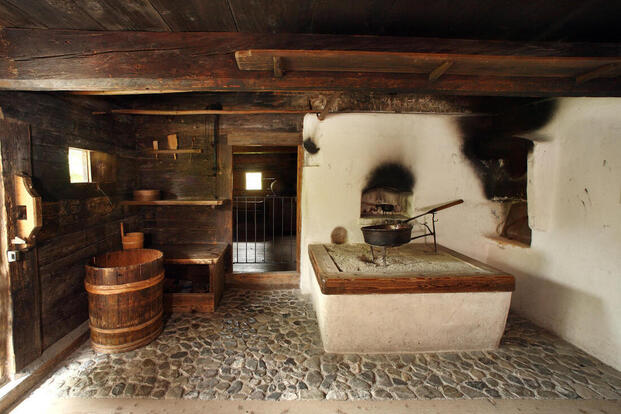
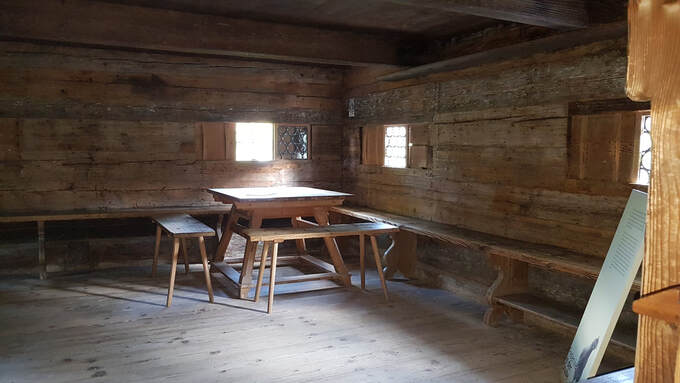
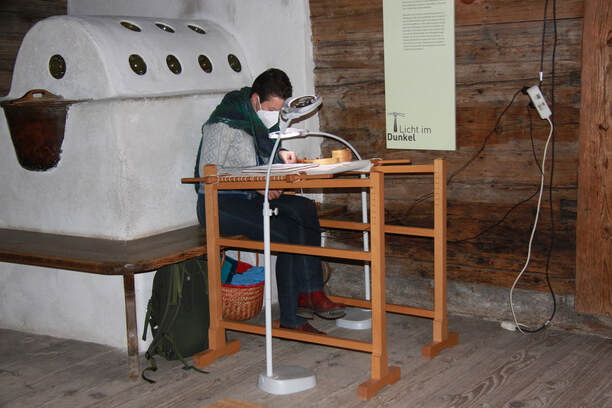
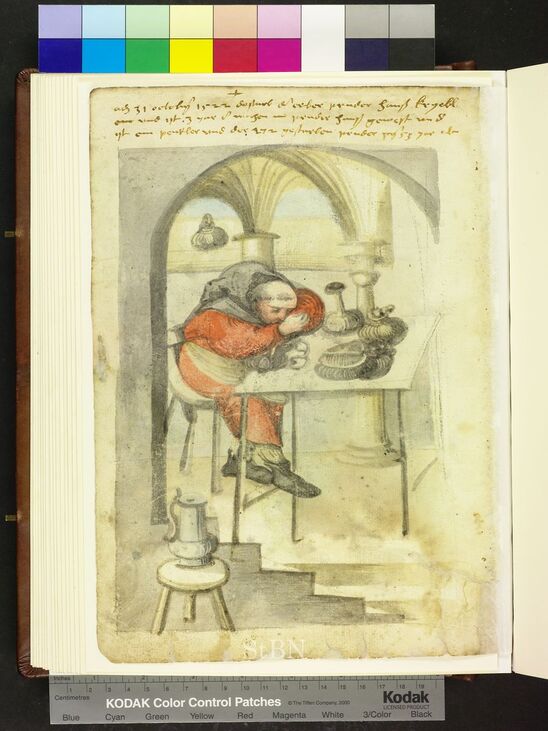
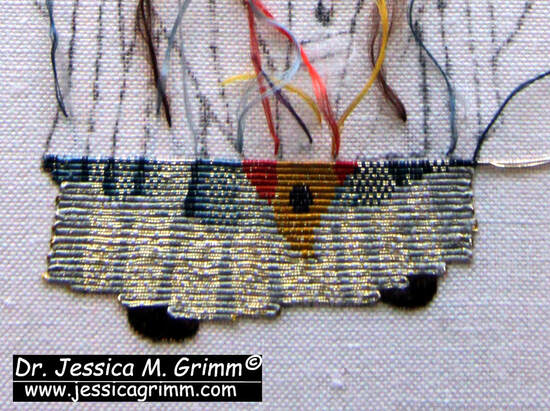
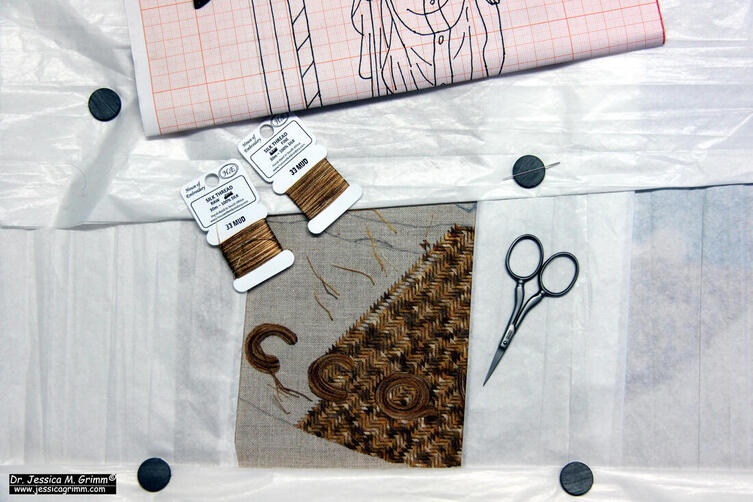
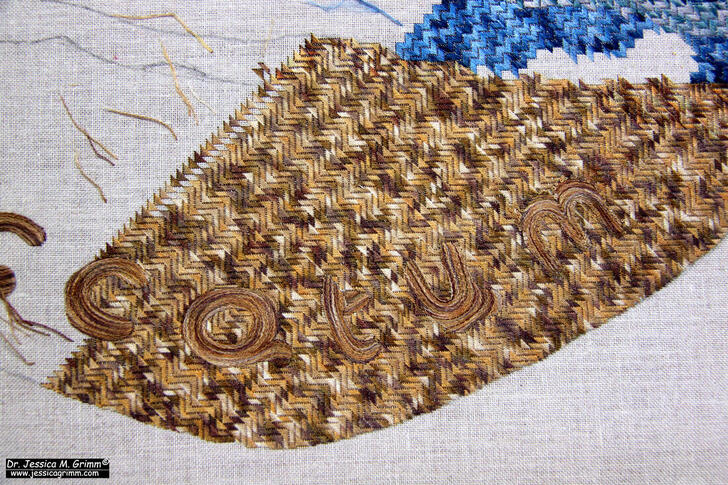
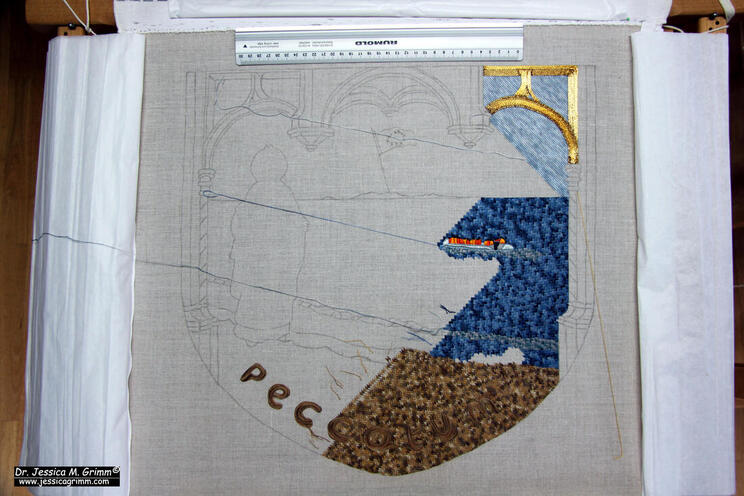
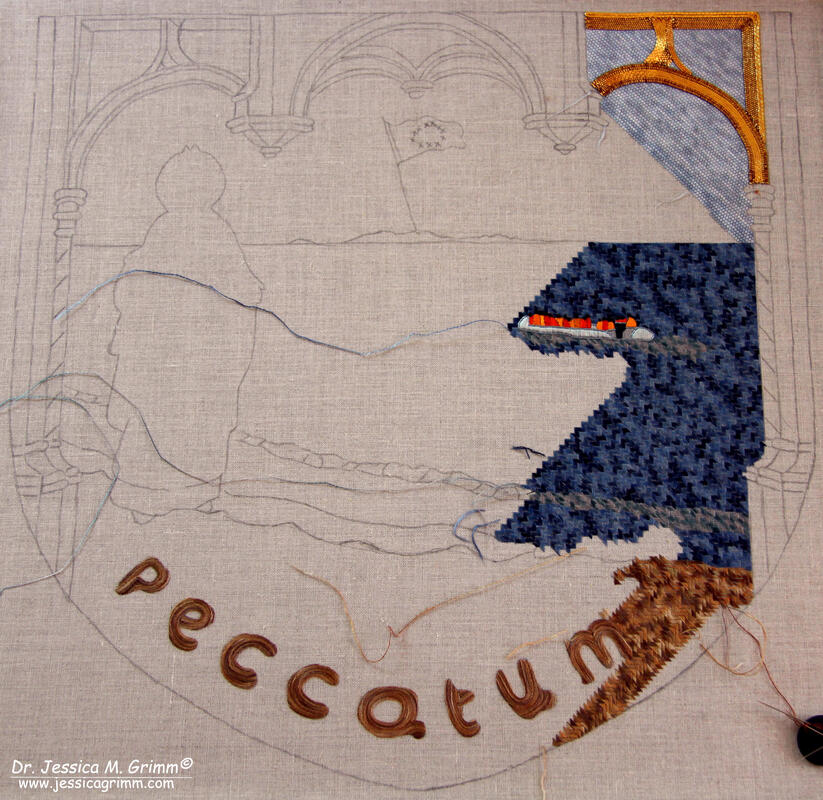
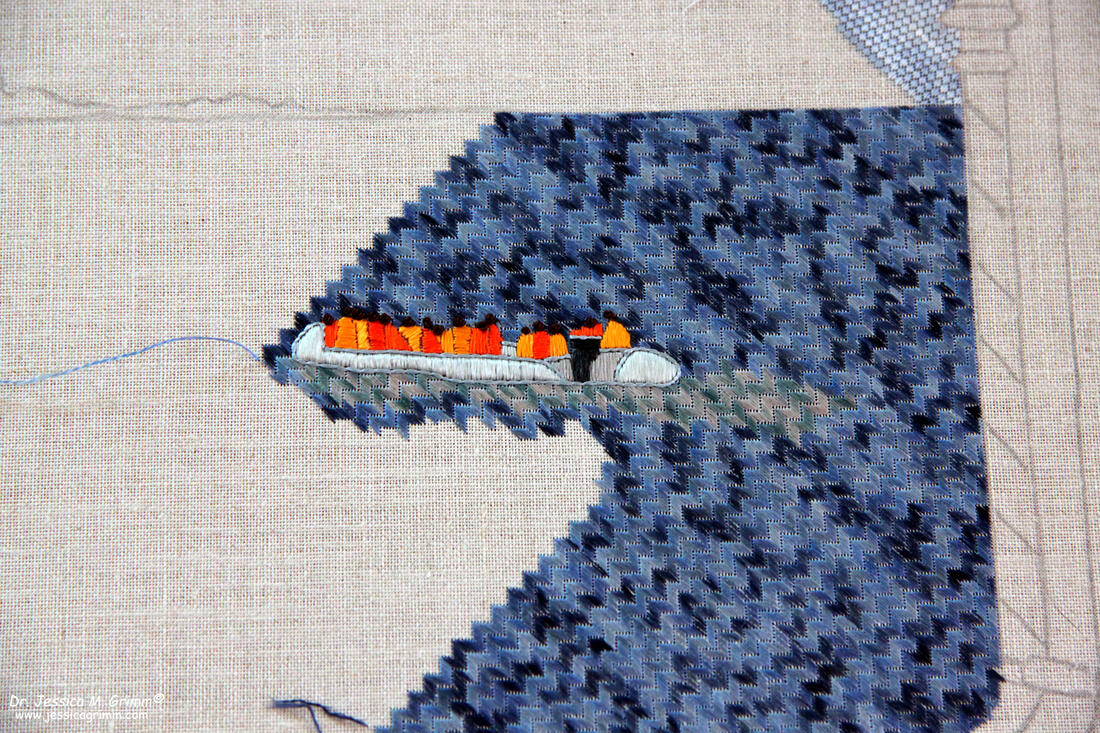
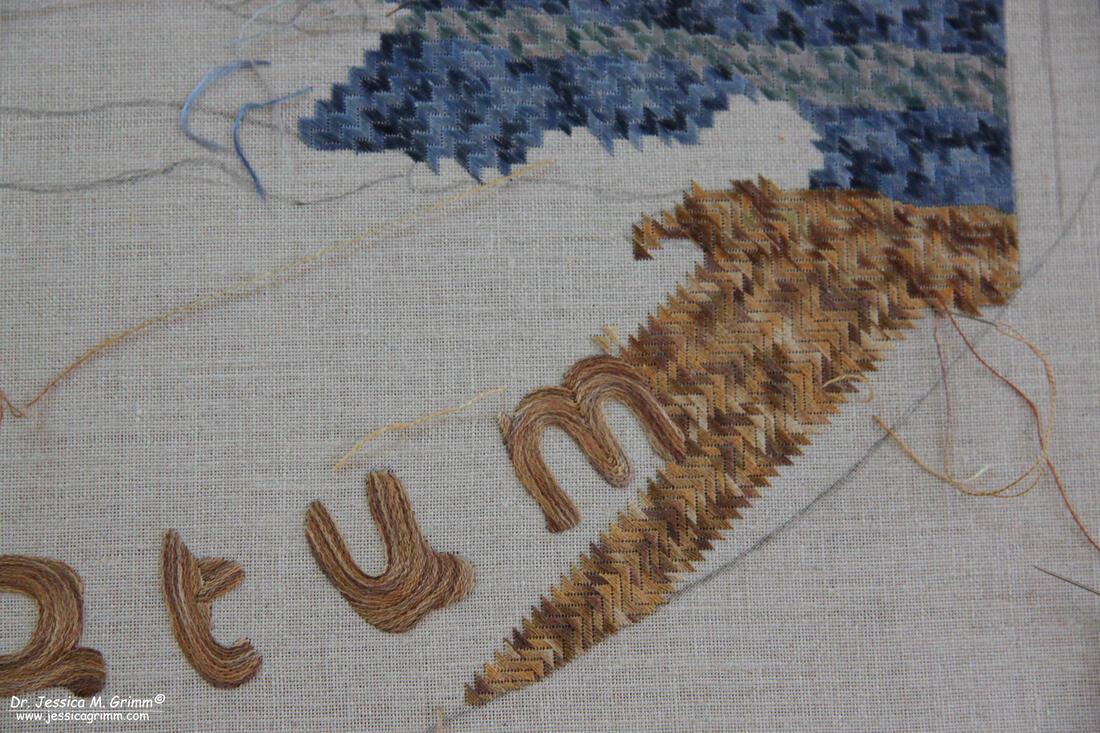
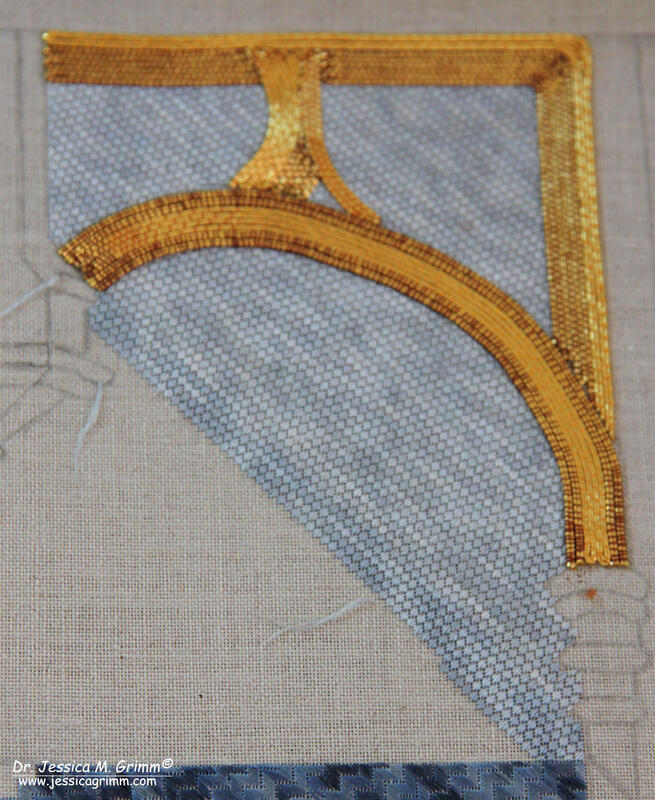
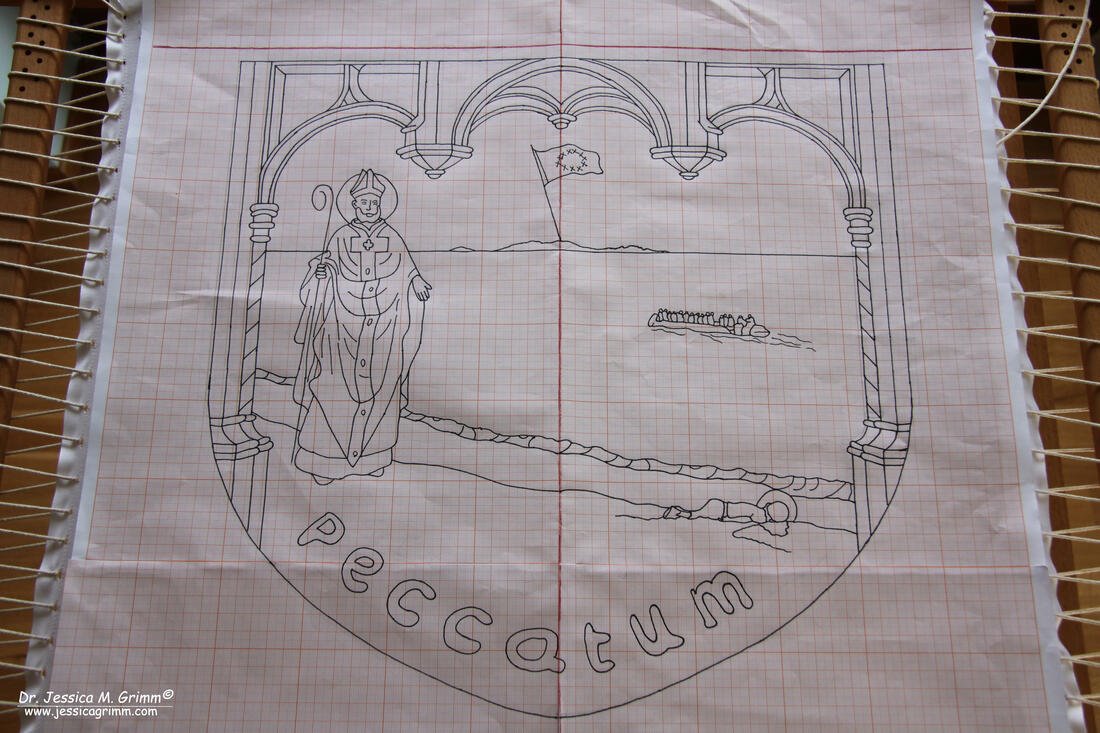
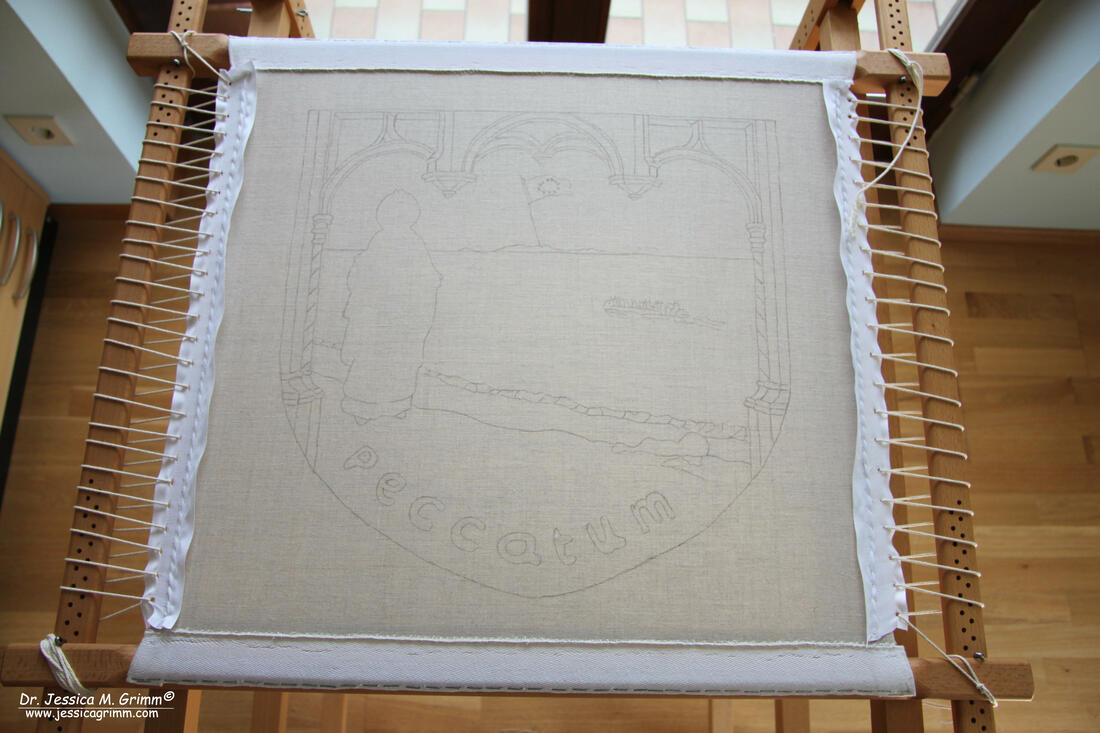





 RSS Feed
RSS Feed